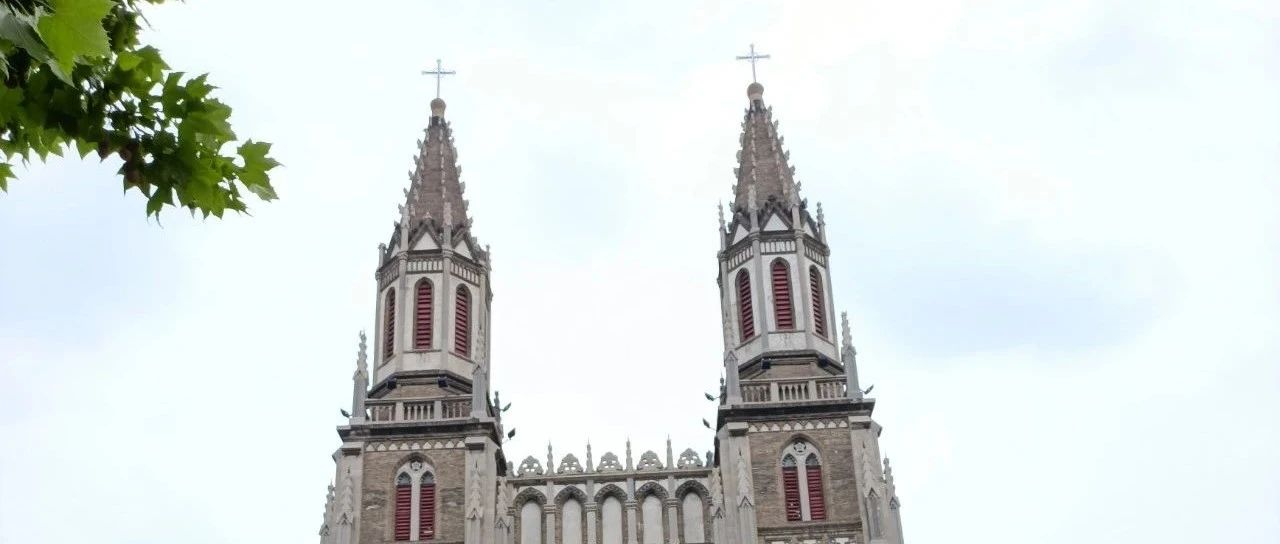Summary in One Sentence
Take a spontaneous trip to Jinan during the Dragon Boat Festival holiday – the spring city is waiting for us!
Driving 400 km with AP and Air Conditioner
Traveling from Beijing to Jinan for 400km with the whole journey being on the highway, using the AP, turning on the air conditioner, took an average of 4.5 hours without charging in the middle. Even though we faced heavy rain that the wiper blades could not handle multiple times on the way back to Beijing, the Model Y endured the storm and maneuvered beautifully to scare off 6 cars with its great turn. The average power consumption is 149km/405km when the weather was sunny from Beijing to Jinan, and it is 152km/391km on rainy days from Jinan to Beijing (with a one-hour traffic jam). With a cruising speed of 100-110km/h, we still have 68km of range remaining throughout the whole journey without charging. Isn’t it incredible?
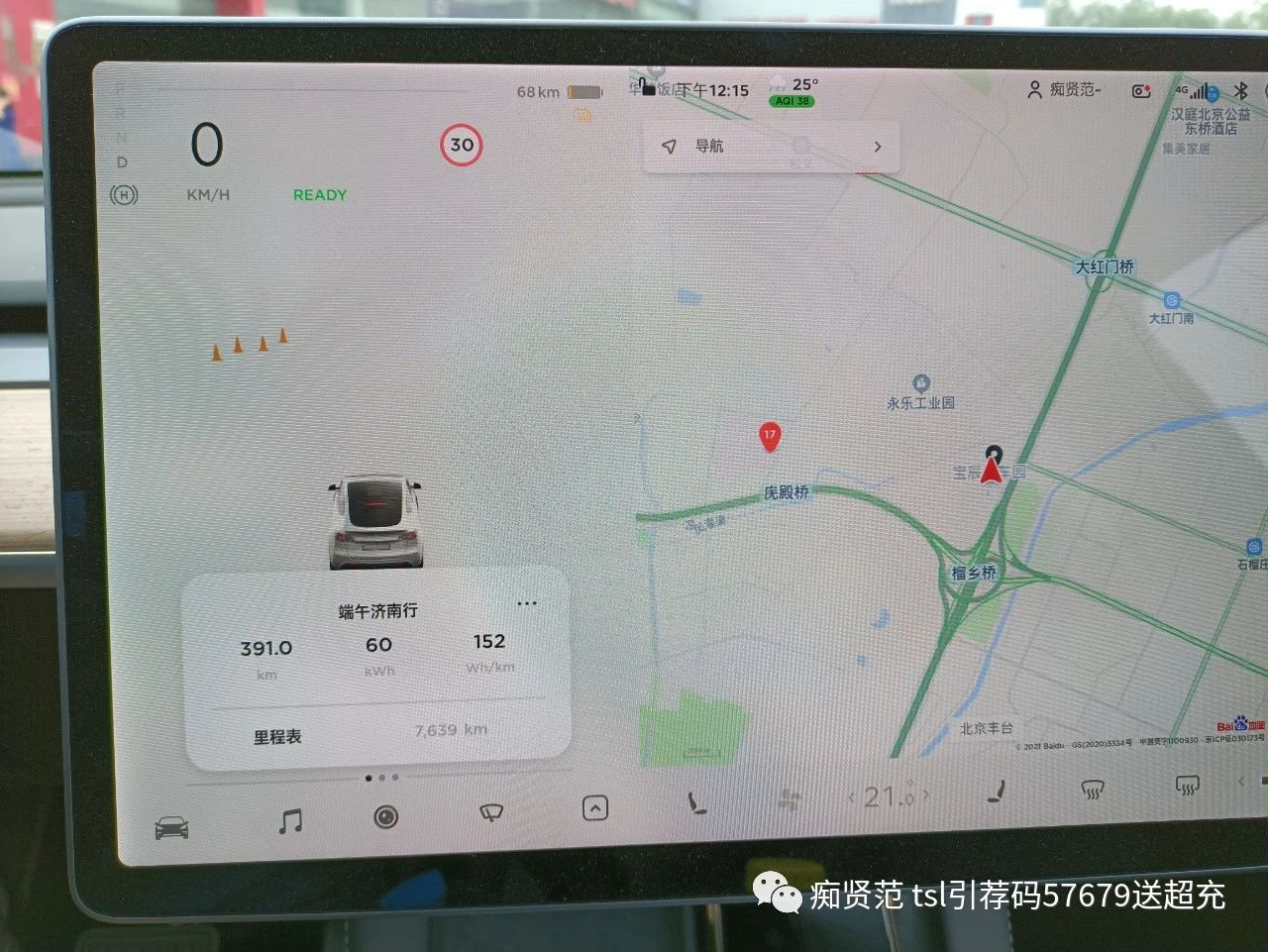
To be honest, I wasn’t sure whether Model Y could make it to Jinan without charging during the trip planning. Therefore, I had prepared for the worst – drive until we can’t hold on anymore and find a service station for charging. When we arrived at Lelingxi, there were still 130km to the destination, and we have 206km of range. From that point on, I felt at ease since there was zero range anxiety between Beijing and Jinan.
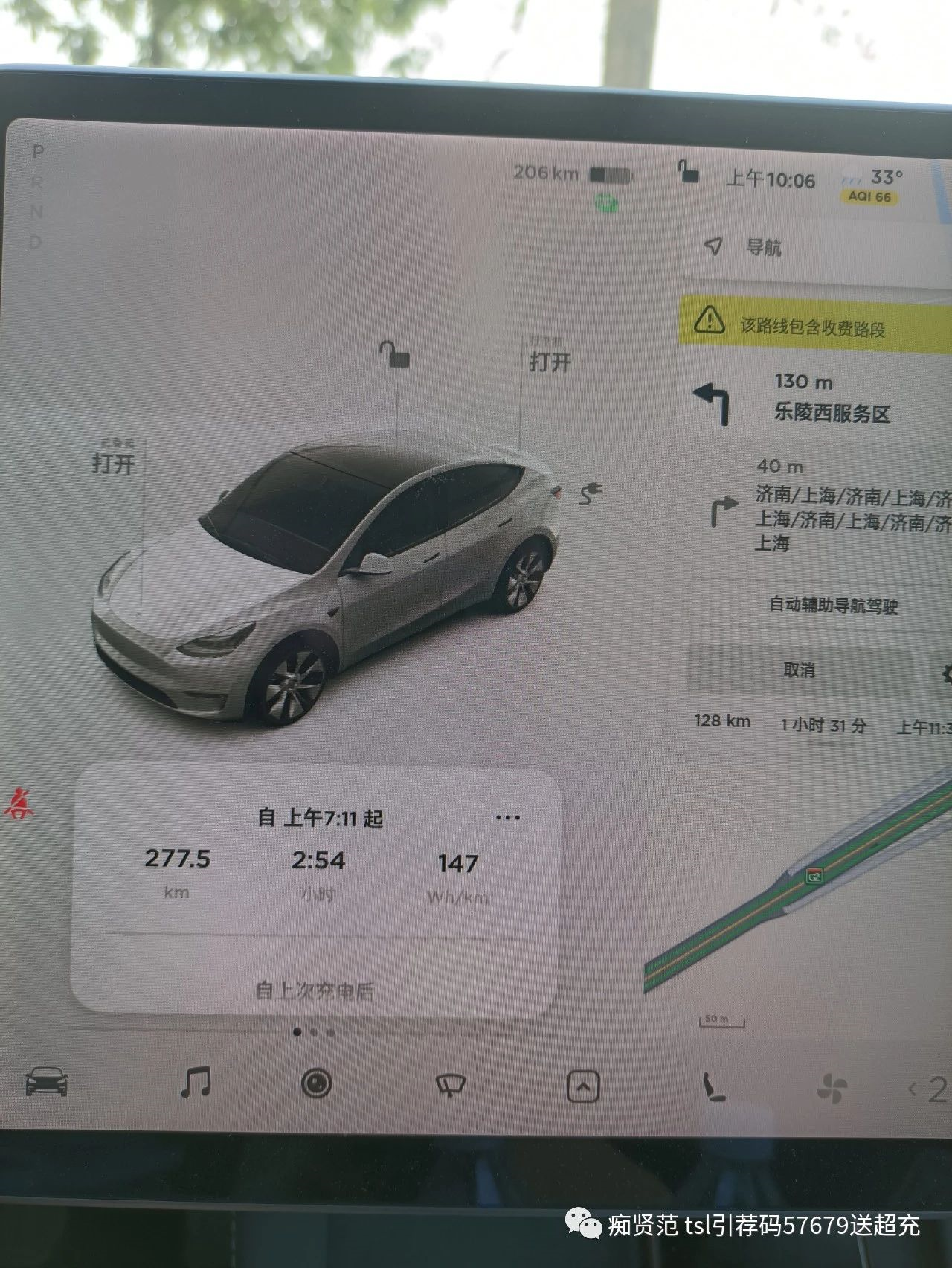
On the way back, the Tesla navigation advised driving under 100km/h to reach the destination, which was so heartwarming to see. The whole journey with the basic version of autonomous driving (AP) was so relaxing that we could just sit and enjoy the ride without fatigue. Tesla truly makes long-distance driving enjoyable.
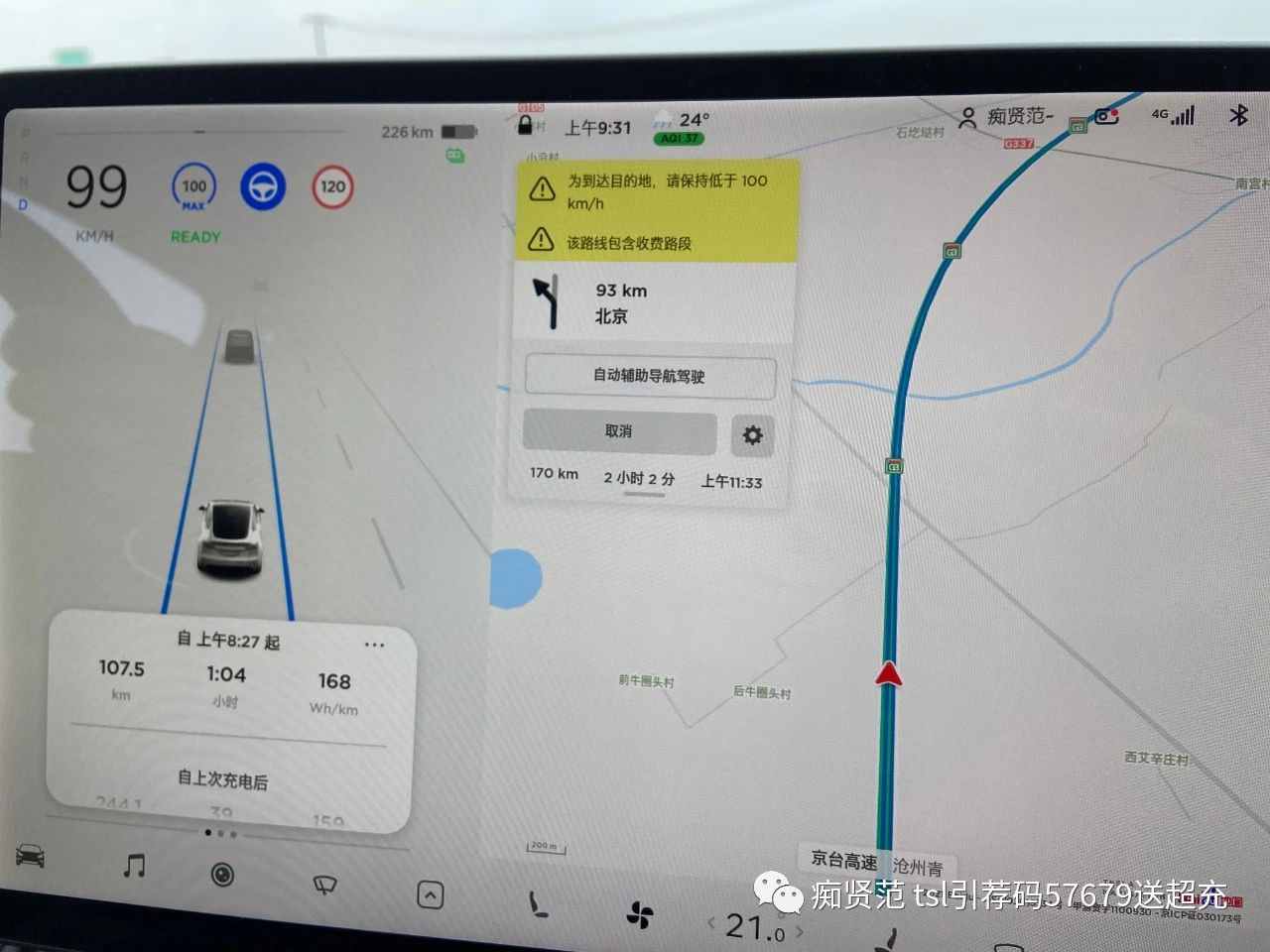
When AP Encounters Heavy Rain
Multiple heavy rain is encountered on the way back to Beijing, almost to the point of poor visibility. The wiper does not suffice, and the rearview camera was misty, making it difficult to see. I felt scared driving on my own, but with the help of the autonomous driving, I was able to turn on the hazard lights, grip the steering wheel tightly, stay focused, have my feet ready to hit the brake pedal with the Model Y, and weather the storm.
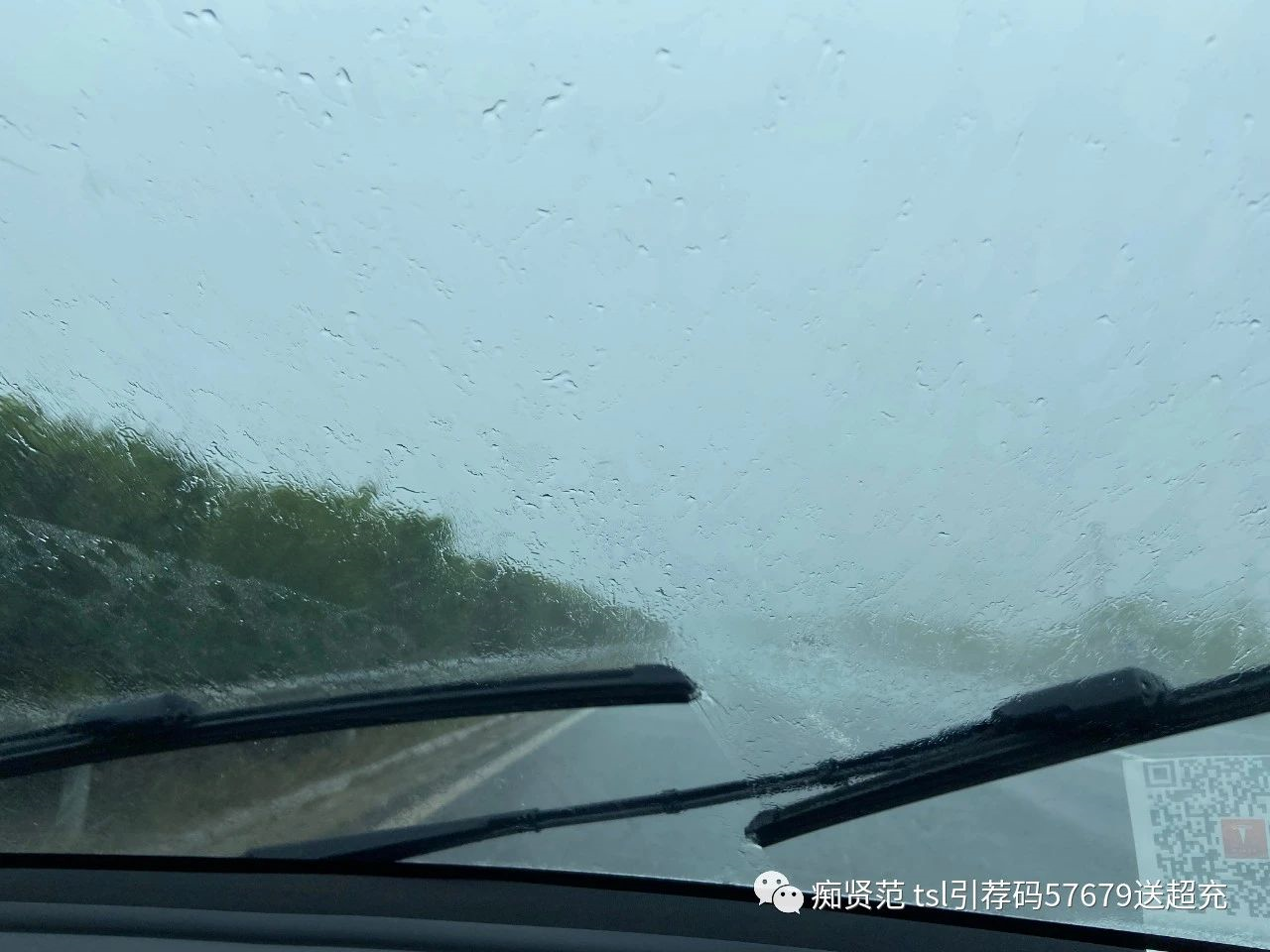 “`markdown
“`markdown
Even in heavy rain on the way back to Beijing, Tesla’s autopilot only disengaged once, but overall its performance was excellent! In my opinion, the autopilot isn’t afraid of rain, but rather of the water splashing up and blocking the cameras. The following video is taken when driving over pooled water on the road (the rain was too heavy, making it impossible to see whether there is water on the road at a speed of 100-110 km/h). A large amount of water was splashed up on the left side, and Tesla gave a prompt to take manual control since the camera was blocked, so I promptly took over and changed lanes to the right to avoid the water pit before continuing the autopilot.
Eating Snow-cakes and Wool-rolling
Concerned about the wet road and that the tire pressure of 2.8 might be too low and consume too much power (when going to Jinan, where it is hot, the tire pressure was 3.0), I adjusted the tire pressure to 3.0 in Lelingxi Service Area and felt obviously that the tires were harder. After arriving in Beijing, I went directly to the service center on Nan Si Huan Zhong Road, and the after-sales staff proactively adjusted the tire pressure back to 2.8.
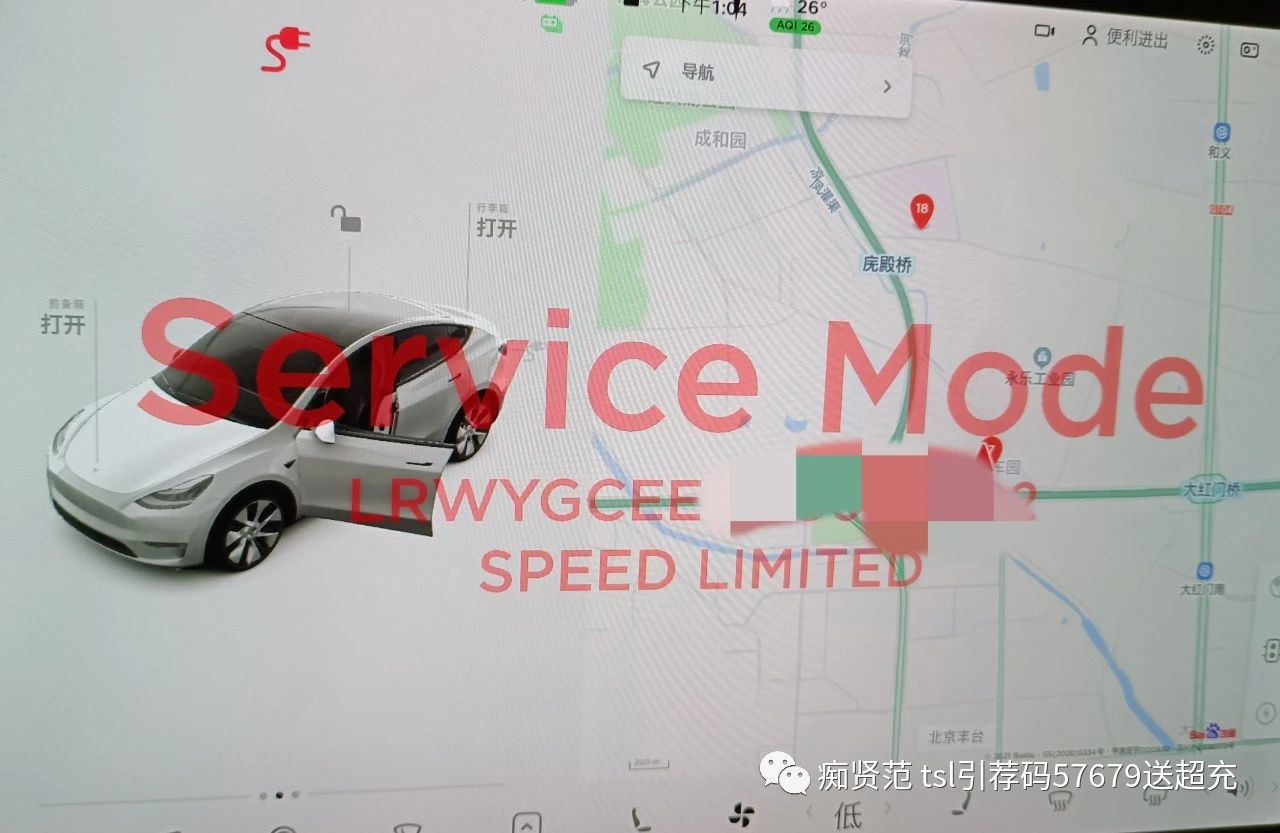
“`The after-sales staff heard that I encountered a thunderstorm on the highway, and took the initiative to help me check if the air conditioning box’s water outlet and drainage outlet were blocked. They lifted the car to check the chassis and even charged the battery for me!
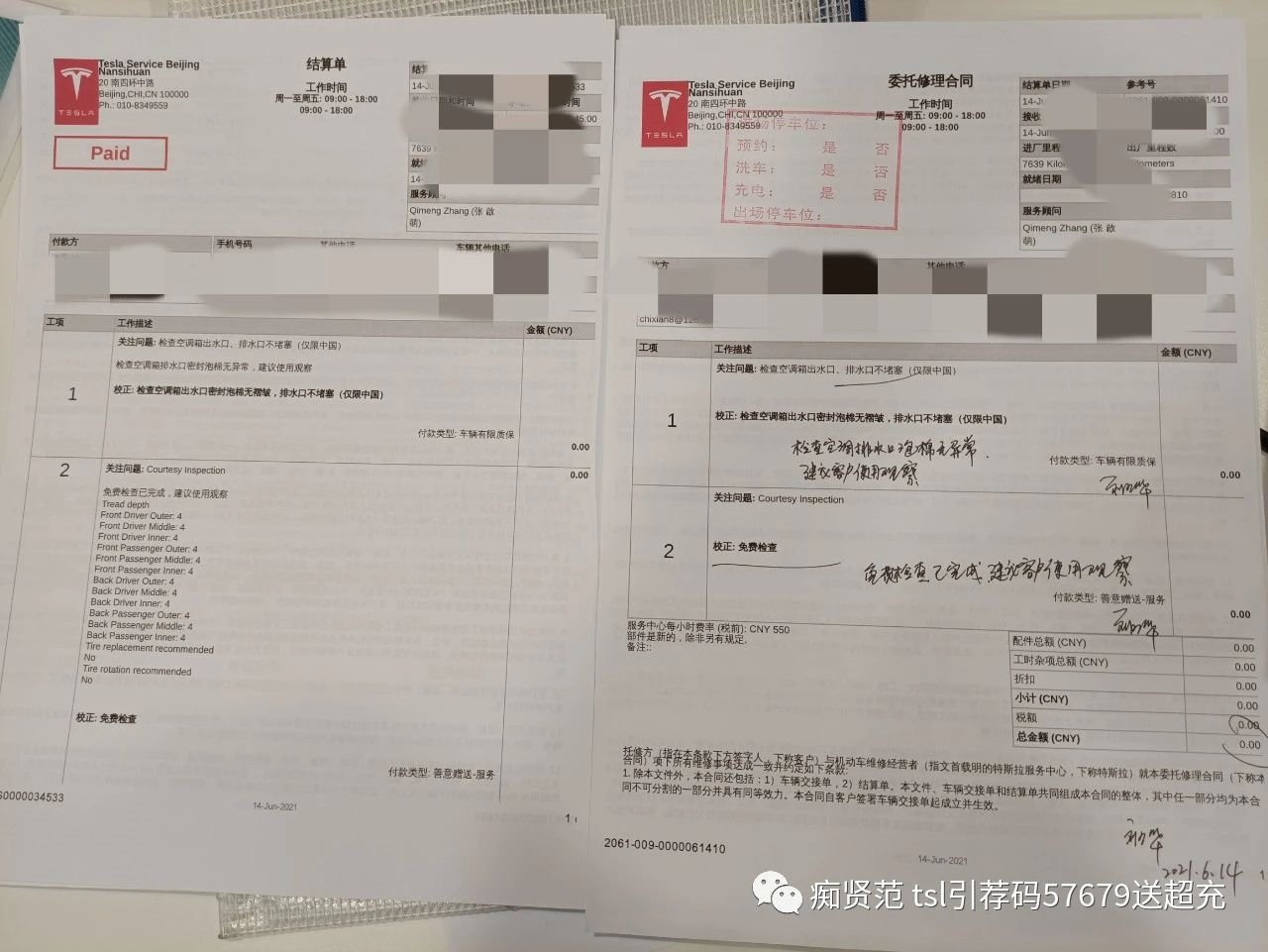
While waiting for snow bing and wool rubbing, my child participated in the Tesla Dragon Boat Festival activity and made handmade sachets, successfully ending this small vacation.
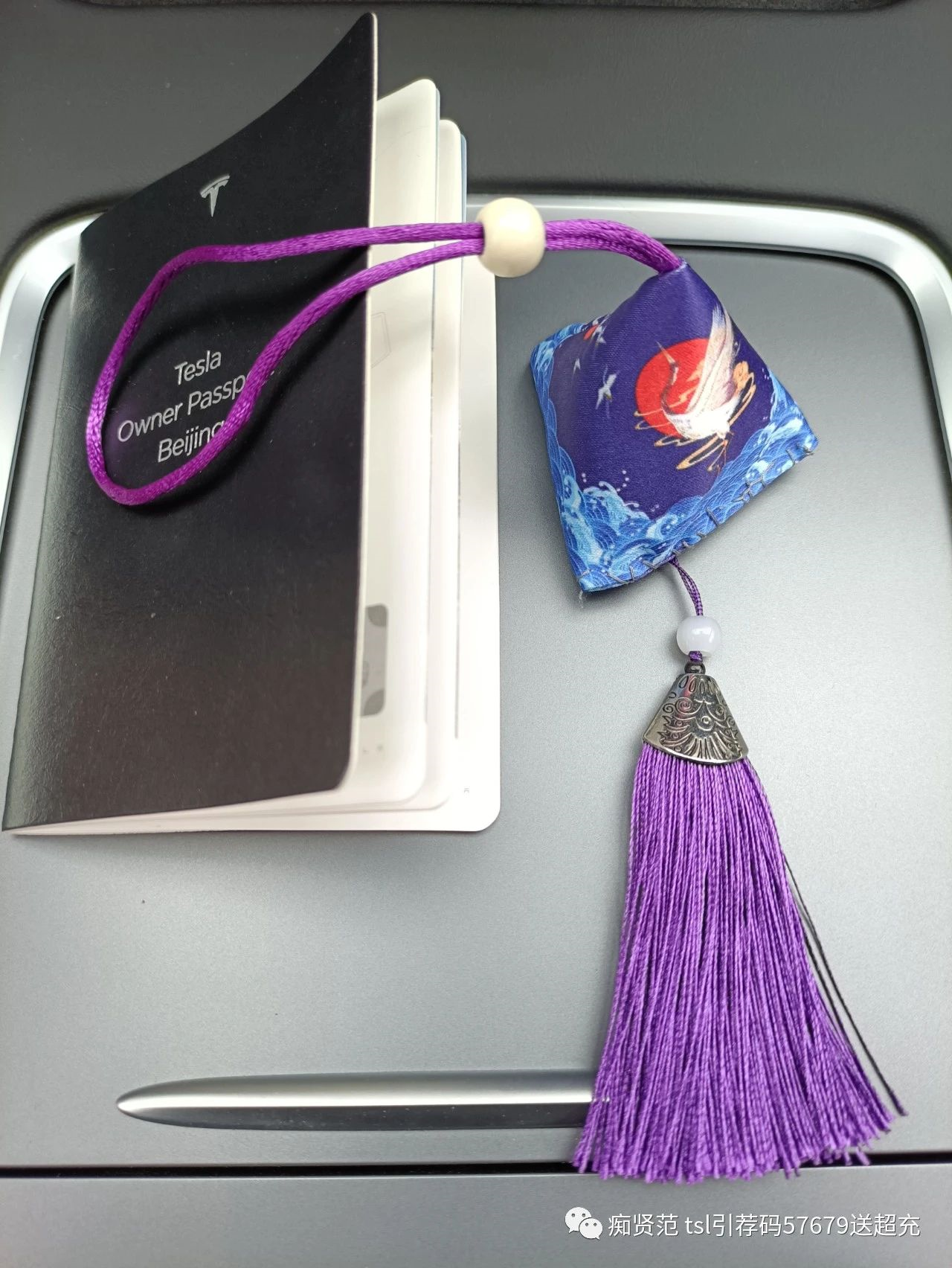

How I scared off 6 cars
During the trip on the highway, something interesting happened: Four cars went with me and two were scared off by me on the return journey. I drive on the far left lane with AP (Autopilot), generally not overtaking or changing lanes unless I catch up to the car in front. Normally, within ten minutes, all six cars turned on their right turn signal to change lanes, slowed down, or sped up to get away from me. In reality, there were no exits or rest areas nearby. It seems that the rumors about “Tesla can’t stop” have spread widely.
Brilliant move by the Tesla when a giant vehicle is passing by
I also discovered a very intelligent and user-friendly move: When passing a giant vehicle that is partially in the adjacent lane, the Tesla slightly veers to the left before passing and then returns to the center of the lane after the pass, just like a driver’s behavior when encountering a large vehicle. It doesn’t veer when overtaking small cars. Could this be an automatic micro-adjustment function when encountering large obstacles in the adjacent lane?
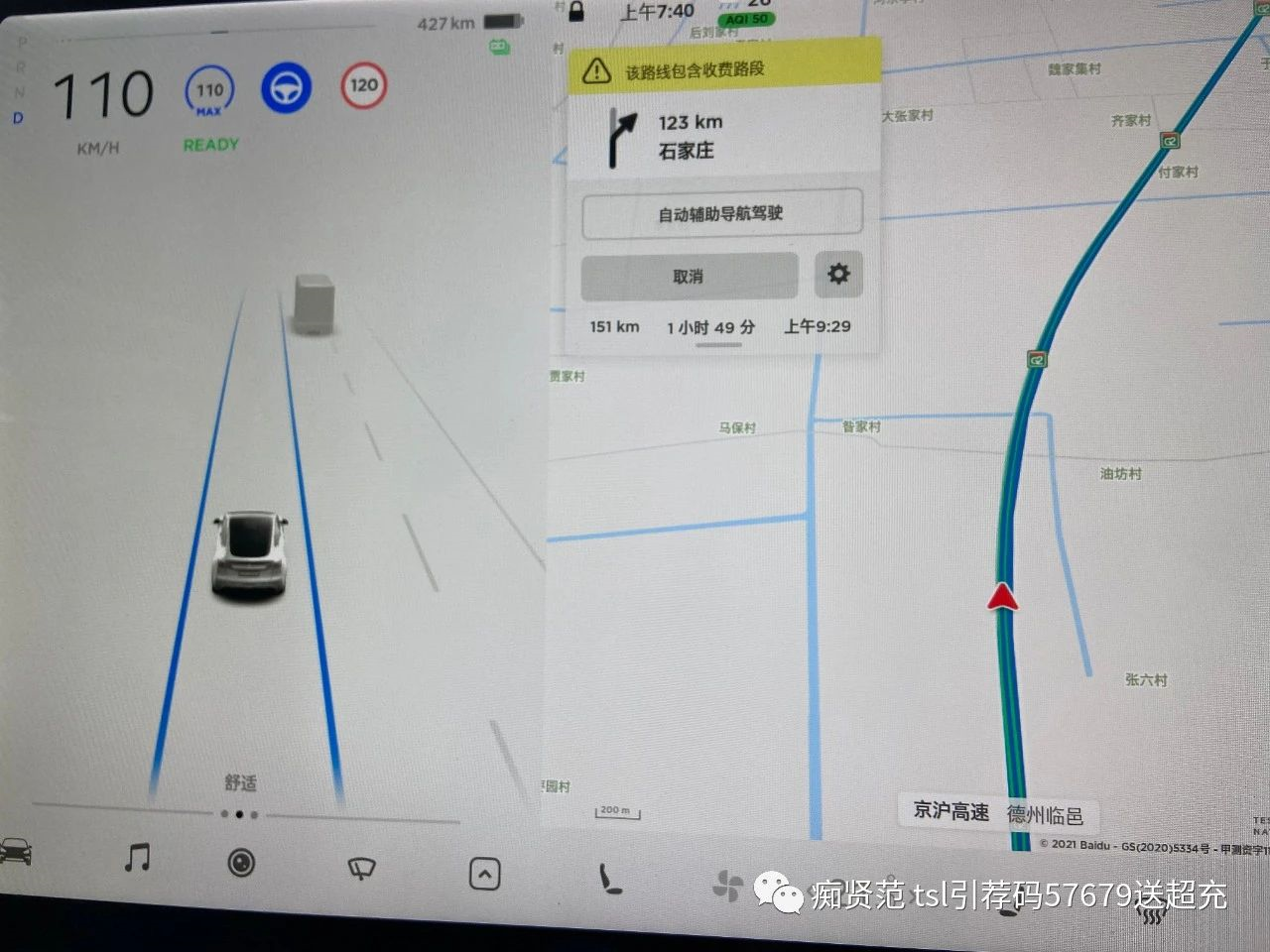
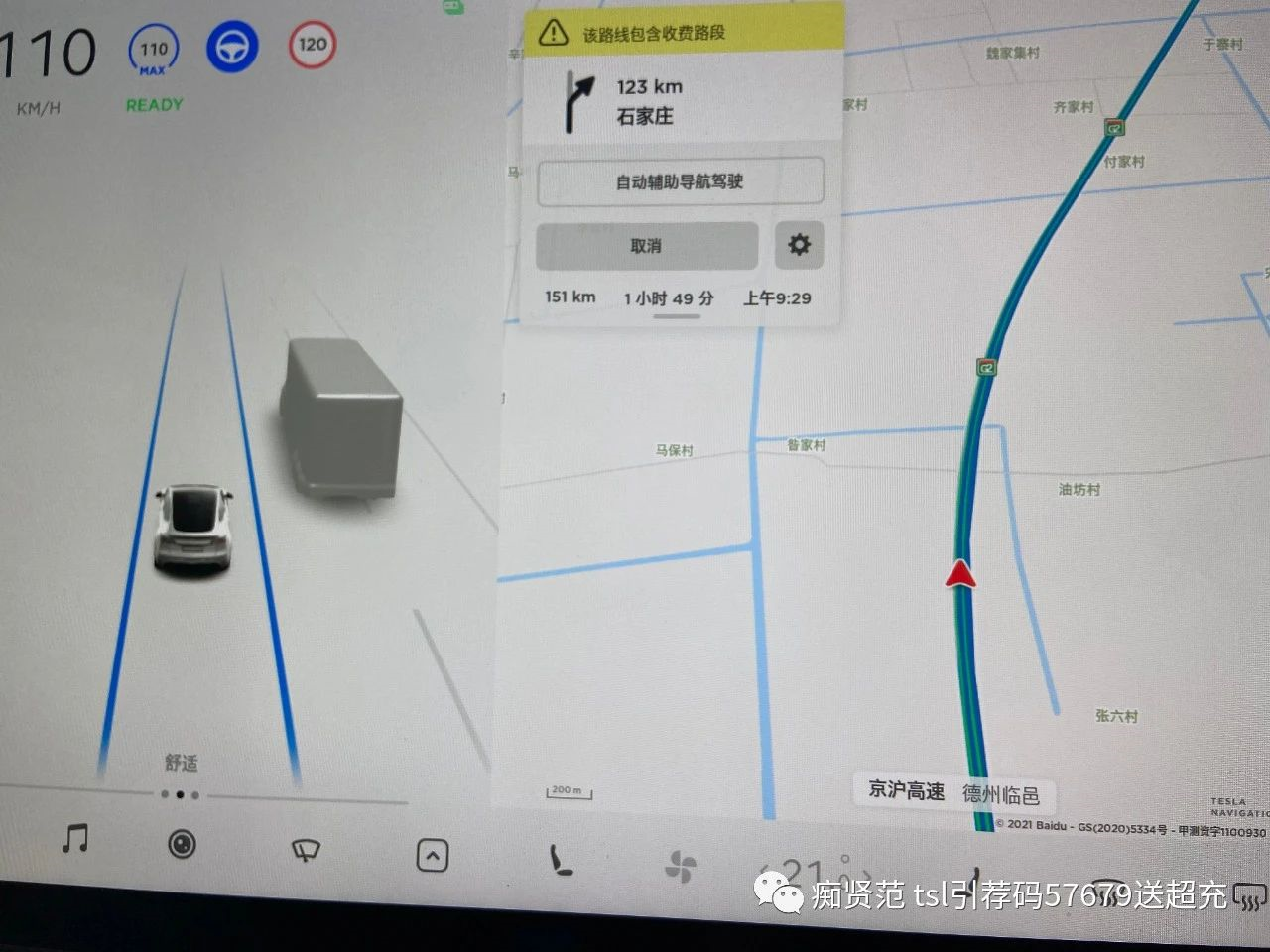
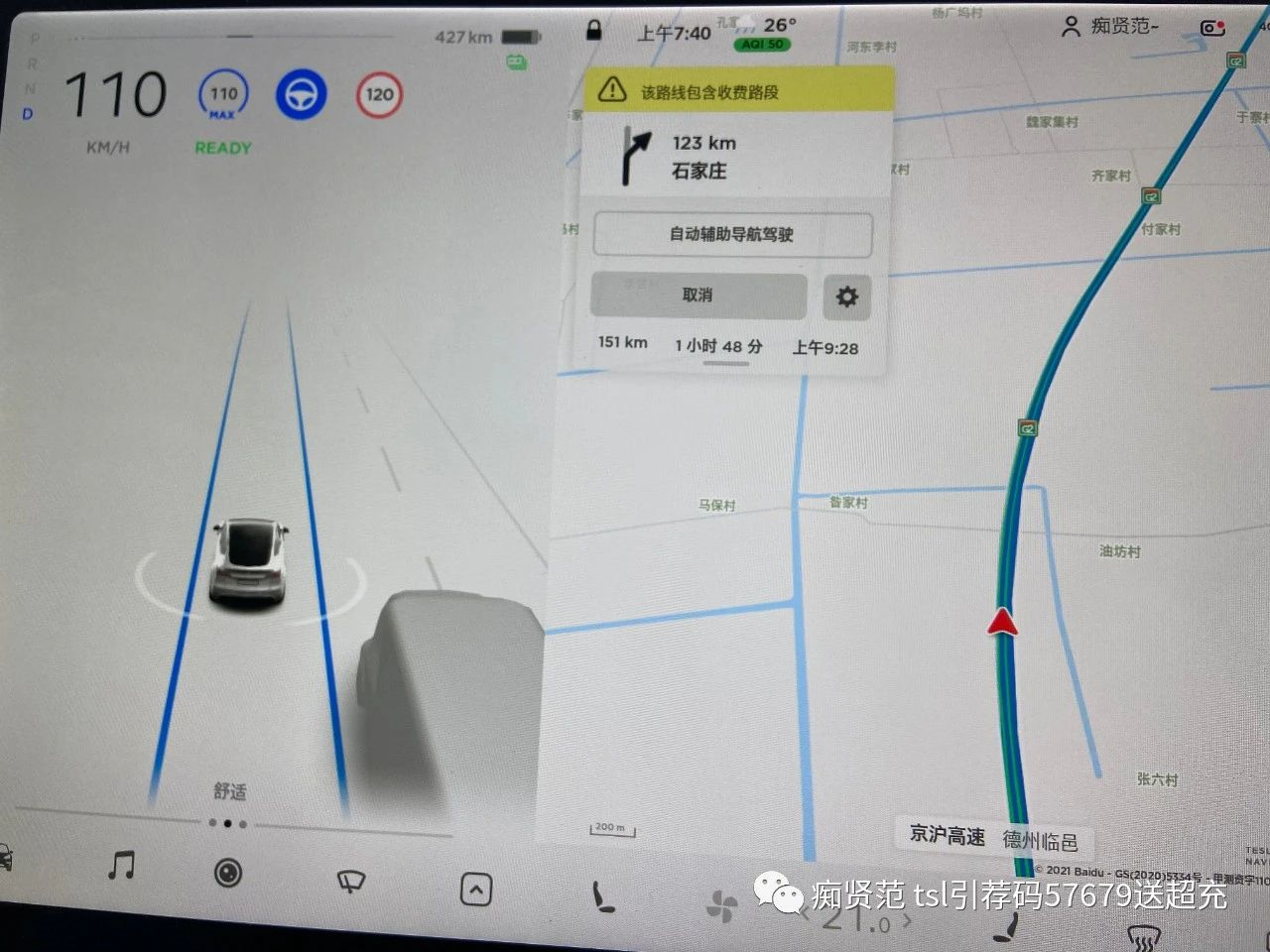
This article is a translation by ChatGPT of a Chinese report from 42HOW. If you have any questions about it, please email bd@42how.com.
